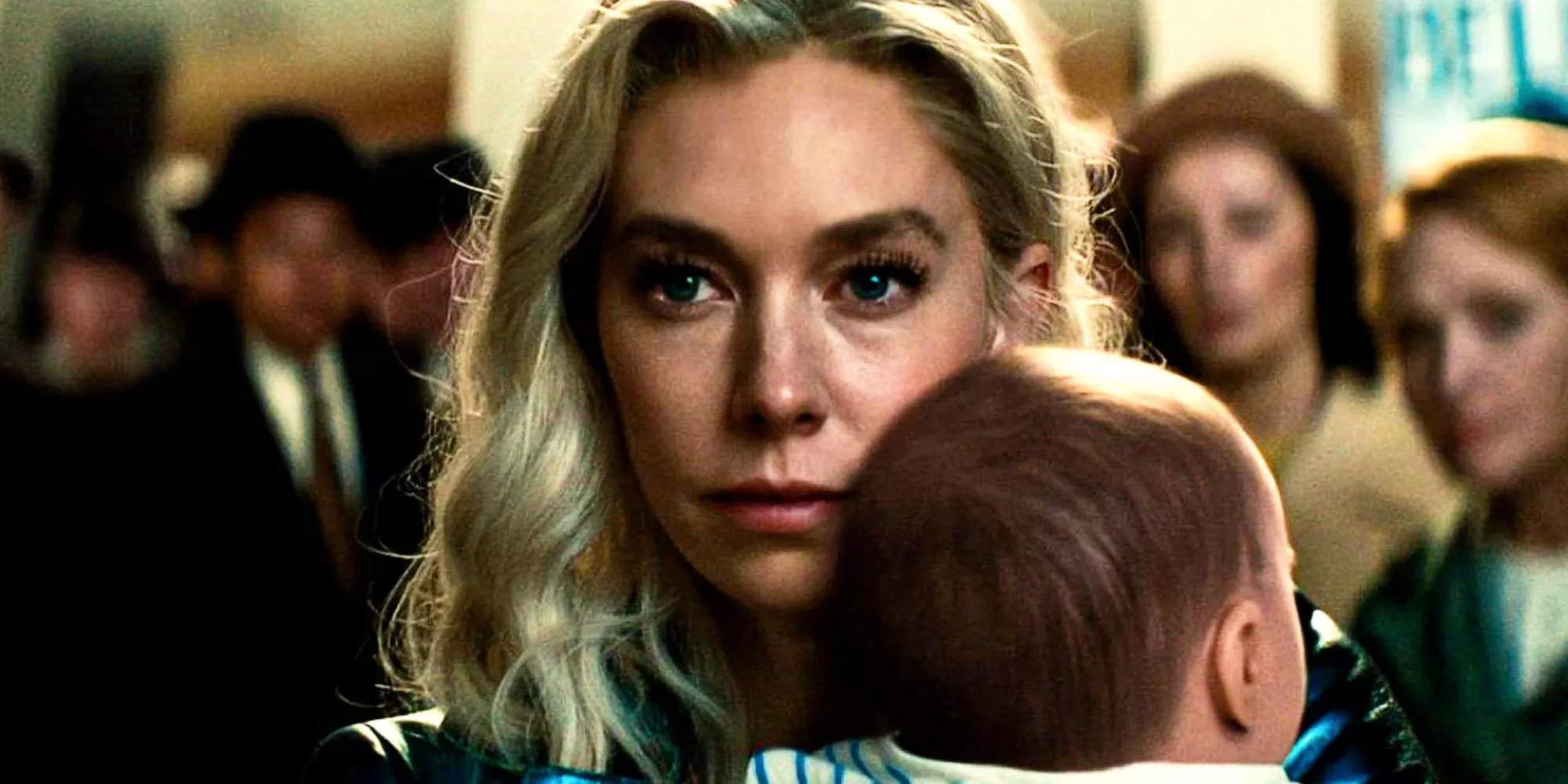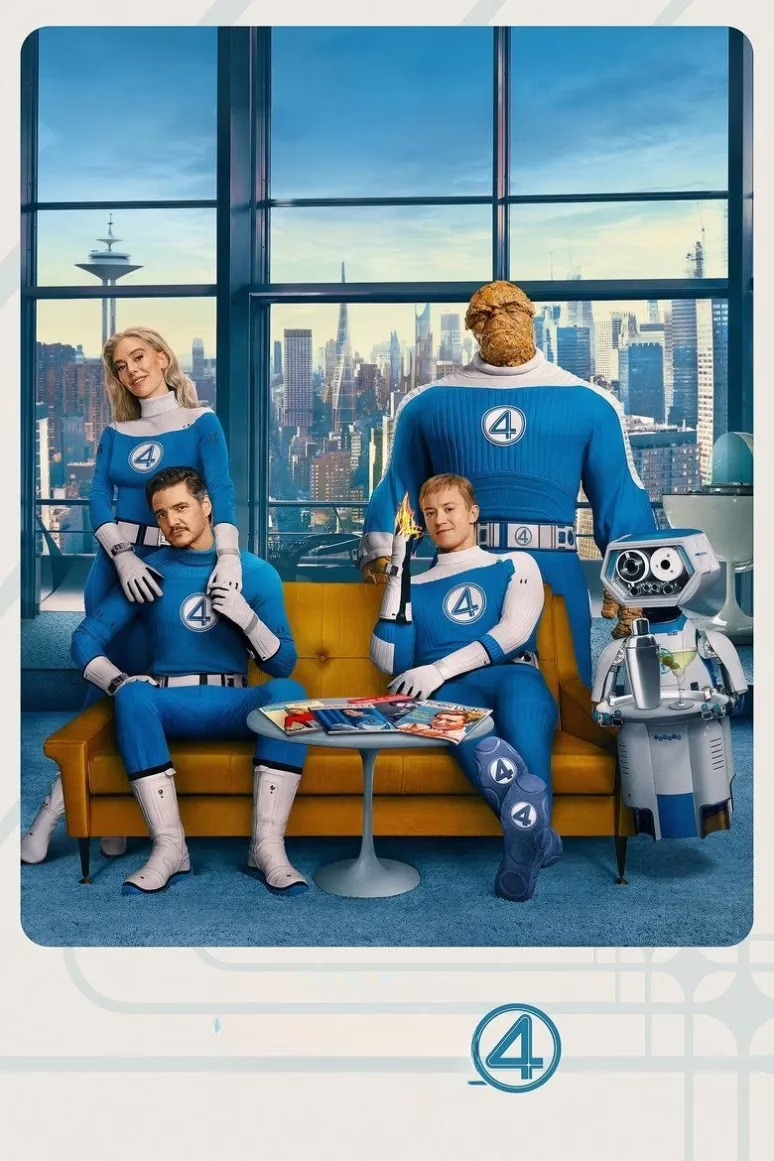When I watched The Fantastic Four: First Steps during its opening week, I felt the seismic shift in the Marvel Cinematic Universe. Vanessa Kirby's Sue Storm didn't just join the team—she redefined what power means in Phase 6. While Reed Richards flexed his intellect and Ben Grimm embraced his rocky exterior, Sue emerged as the team's pulsating heart and unbreakable shield. Her journey from supporting character to cosmic powerhouse felt like watching a chrysalis transform into a force of nature. What struck me most was how she wielded motherhood as her ultimate strength—holding Franklin Richards while facing Galactus was like seeing a hummingbird stare down a hurricane without flinching.

The Quantum Leap Beyond Invisibility
Previous live-action versions never tapped into Sue's full potential. That 1994 unreleased film treated her like decorative ivy—present but powerless. Jessica Alba's 2005 portrayal added some sparkle, yet still kept her chained to basic invisibility tricks. Even Kate Mara's 2015 version only hinted at her capabilities like a musician playing scales but never a symphony. But Kirby? She conducts the whole orchestra. I still get chills remembering her third-act stand against Galactus—not with brute force, but by bending light itself into a cosmic slingshot that hurled the Devourer of Worlds across universes. Her powers unfolded like origami in zero gravity: complex, beautiful, and defying all expectations.
| Sue Storm Evolution | Core Power | Key Limitation |
|---|---|---|
| 1994 Film | Basic invisibility | Damsel in distress trope |
| 2005 Version | Invisibility + minor intellect | Still peripheral to male leads |
| 2015 Iteration | Force field blasts | Overshadowed by teammates |
| 2025 MCU Debut | Light manipulation, energy projection, tactical genius | None apparent |
Motherhood as a Superpower
The childbirth scene rewrote superhero tropes before my eyes. While mid-labor, she cloaked an entire rocket ship—making Shalla-Bal chase a holographic decoy into a black hole. That moment crystallized her transformation: Sue Storm isn't just a hero; she's the team's gravitational center. Her leadership manifests in ways Reed's equations can't quantify—she forged the Subterranea alliance while Ben smashed walls and Reed calculated probabilities. Becoming the Future Foundation's face wasn't ceremonial; it was recognition that her diplomacy holds civilizations together like quantum entanglement binding particles across space.
The Unfinished Symphony
Phase 6 teases monumental challenges. That mid-credits glimpse of Doctor Doom felt like seeing storm clouds gather over a picnic. Doom doesn't just threaten cities—he targets legacies. And with Franklin's reality-warping potential? Sue's greatest battles won't be against planet-eaters but against those who'd weaponize maternal bonds. Imagine her standing against Battleworld's titans—not as the Invisible Woman but as an immovable force field protecting the multiverse's fragile seams.

Watching her harness light against Galactus was like witnessing a spider weave starlight into armor—fragile threads containing impossible strength. Yet what fascinates me isn't how far she's come, but how much remains uncharted. Can a woman who bottled a hurricane in a perfume vial (her containment of Galactus) still cradle her son at night? Will her force fields hold against the emotional supernovas coming in Secret Wars? As the MCU expands, Sue Storm stands poised between two infinities: the quiet warmth of family and the screaming vacuum of cosmic duty. Her true power was never about vanishing—it's about making the universe finally see her.